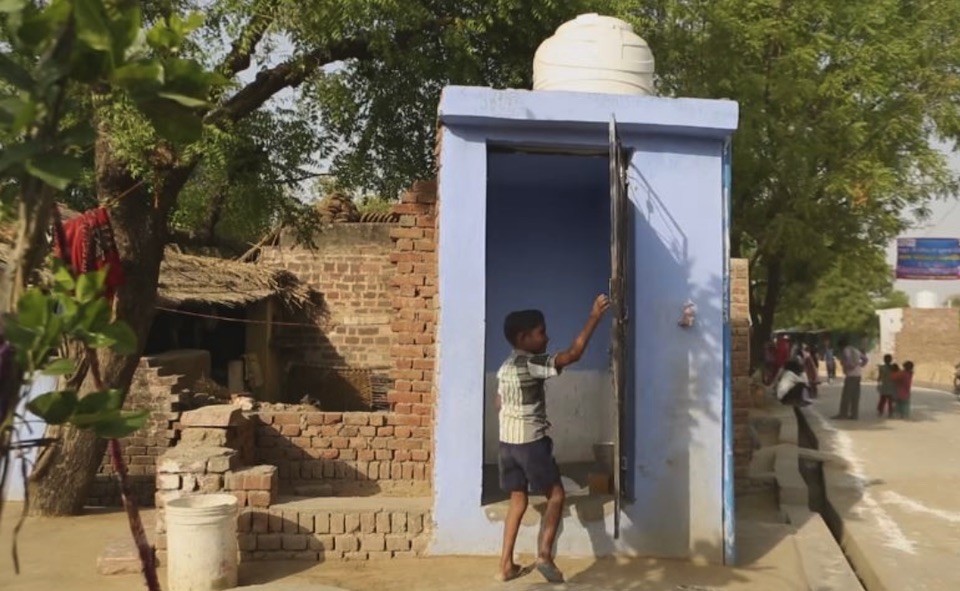- Authors: Anna Vera and Sangita Vyas
- Download paper
Rural Indian children are exceptionally short by international standards. However, between 2015-16 and 2019-21, the average rural child's height increased by about one-fifth of a standard deviation, a more rapid increase than previous years. Over this same period of time, exposure to open defecation in rural India reduced dramatically from 55% of households to 27% of households, in part because of a large government program that subsidized the construction of latrines. This paper studies the extent to which the reduction in open defecation exposure can statistically account for the increase in child height over this period of time. Using a Blinder-Oaxaca decomposition that controls for fixed differences across districts, and changes in other environmental exposures and economic status within districts, we find that the reduction in open defecation exposure accounts for about one-fifth of the improvement in child height over this period of time. The improvement in the disease environment contributed to a small but important increase in child height, yet children in India are still short by international standards and much open defecation remains.

